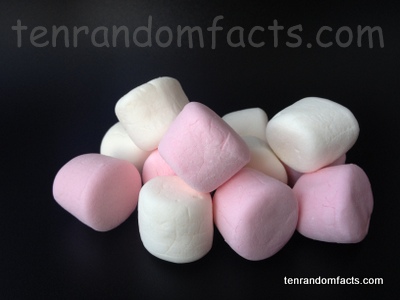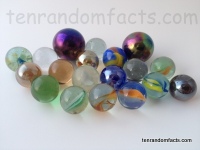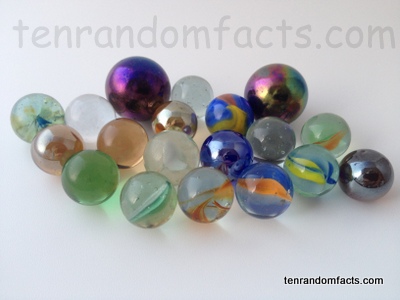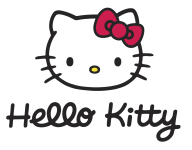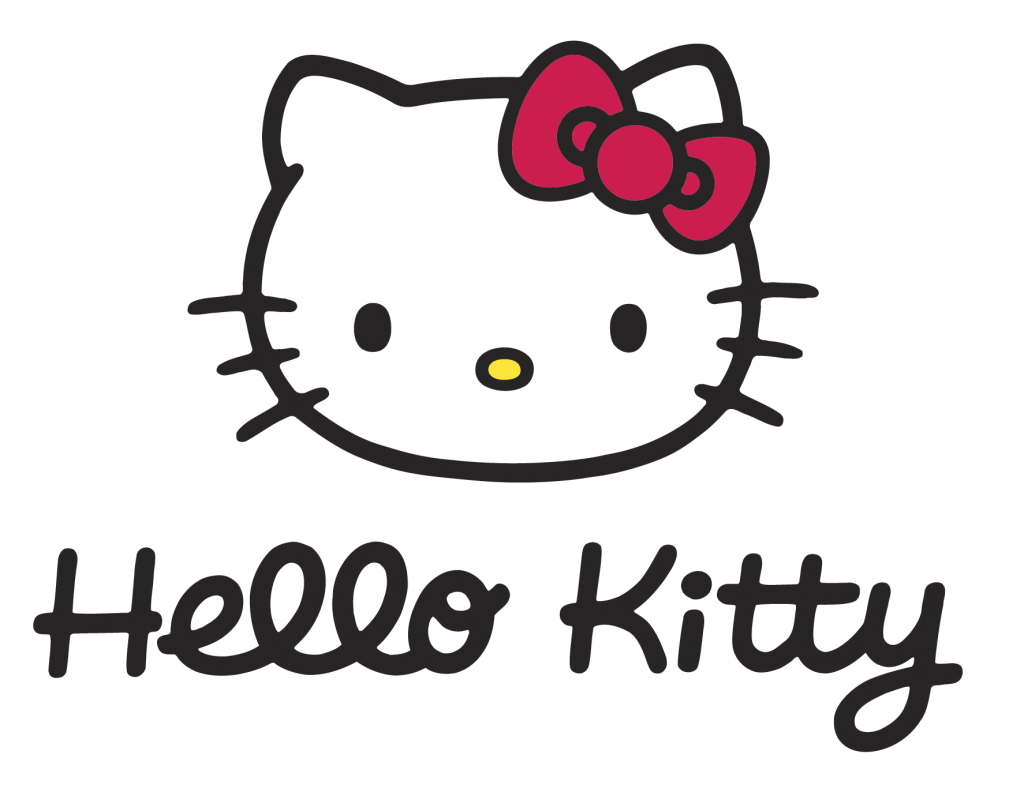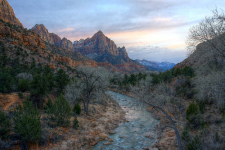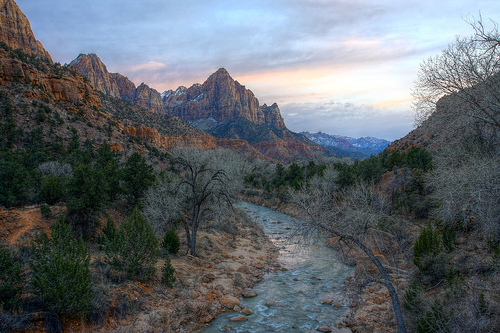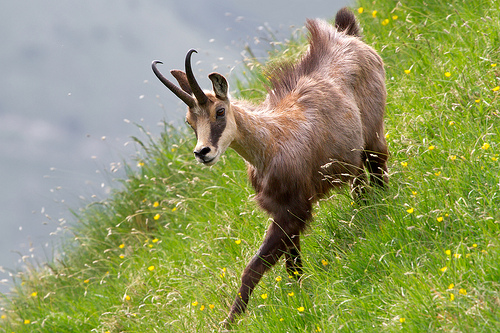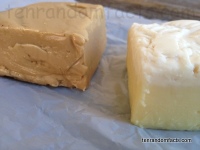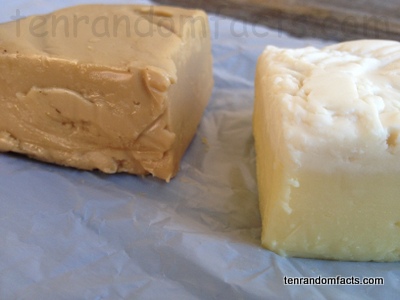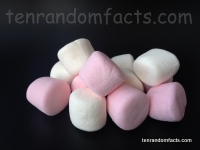
Toasting marshmallows over the campfire, what a traditional thing to do!
- Marshmallows are sweet confectionery food items made primarily of sugar.
- Homemade marshmallow is generally cut into square shaped portions, while commercially manufactured pieces are generally cylindrical in shape, although the shapes can vary.
- Marshmallows were originally made from the root or sap of the mallow plant, Althaea officinalis, a plant that is said to grow near salt marshes, hence the name of the confectionery, and was also commonly used for medicinal purposes.
- Marshmallow is generally coloured white, although other colours can be achieved through food colouring and pink is a popular coloured variety.
- Marshmallows are typically made from sugar and corn starch, although wheat starch is sometimes used, as well as egg or gelatine, which helps to prevent the mixture from collapsing, and flavouring is also often included.
- Marshmallow confectionery, that was made of mallow sap and honey, was invented in Ancient Egypt, and was only available to pharaohs, and it wasn’t until the 1800s that the French invented the fluffy style of confectionery that is now eaten.
- Marshmallows are a sweet snack food that are eaten as is; used as an addition to hot chocolate; are commonly used as an ingredient in other confectionery items, such as rocky road or puffed rice slices or sweets; and are often coated in chocolate.
- Alex Doumak, an inventor from America, invented a marshmallow extruding machine in 1948, that allowed for mass production and ease of process, and it created cylinder shaped confectionery due to the tubes that it passed through.
- Marshmallows are often slightly cooked over campfires or other heat sources, which causes the inside to melt and become gooey.
- Marshmallows contain small amounts of copper, are very high in carbohydrates (sugar) and contain virtually no fat.
Bibliography:
History of Marshmallow, 2014, Boyer, http://www.boyercandies.com/mallo-history.aspx
History of the Marshmallow, 2014, Campfire, http://www.campfiremarshmallows.com/about/history-of-the-marshmallow/
Marshmallow, 2014, Wikipedia, http://en.wikipedia.org/wiki/Marshmallow





